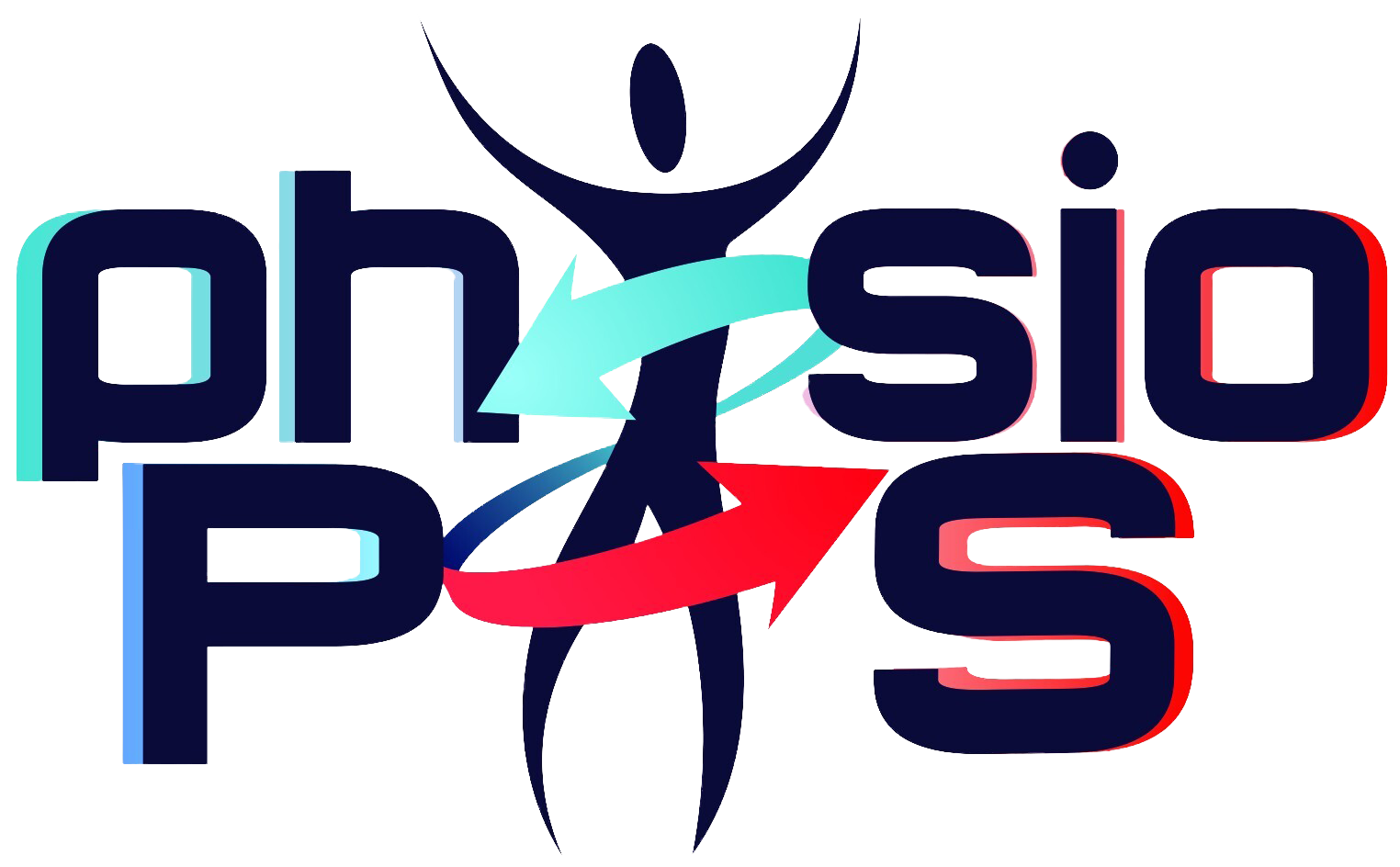POTS
Postural Orthostatic Tachycardia Syndrome
Postural Orthostatic Tachycardia Syndrome (POTS) is a condition that affects circulation or blood flow. POTS is a form of orthostatic intolerance, the development of symptoms that come on when standing up from a reclining position. Symptoms that may be relieved by sitting or lying back down.
There are more than 200,000 cases of POTS in the U.S. each year, most commonly affecting women between the ages of 15 and 50. Symptoms of POTS often include lightheadedness, fainting, and rapid heartbeat, which are relieved by lying down again.
Mainstream diagnosis currently requires a tilt table test, which has been the gold standard of POTS diagnosis. The tilt table measures your heart rate and blood pressure as you change posture and position. However, not everyone is a candidate for tilt table ANS testing.
Physio PS uses a patented algorithm that provides the only means of monitoring for POTS without a tilt table. Monitoring is non-invasive and can be completed in under 20 minutes.
Understanding the facts about POTS
- POTS most commonly affects women between 15 and 50 years old.
- It impacts about 1 out of every 100 teens before adulthood.
- POTS is not rare, it is just not well-known… capitalize people in the U.S. have POTS than MS.
- POTS is triggered by dysautonomia.
- More than A MILLION people suffer from POTS in the U.S.
- It takes patients an average of 4.2 years to gain an accurate diagnosis for POTS.
- 25% of POTS patients are unable to work or attend school.
- POTS patients see an average of 7 doctors before receiving an accurate diagnosis.
- There is no one-size fits all treatment for POTS; individualized care provides the best outcomes.
- POTS can be hindering to a person’s lifestyle, however, it doesn’t have to last a lifetime! With monitoring and care, patients can regain their quality of life.

